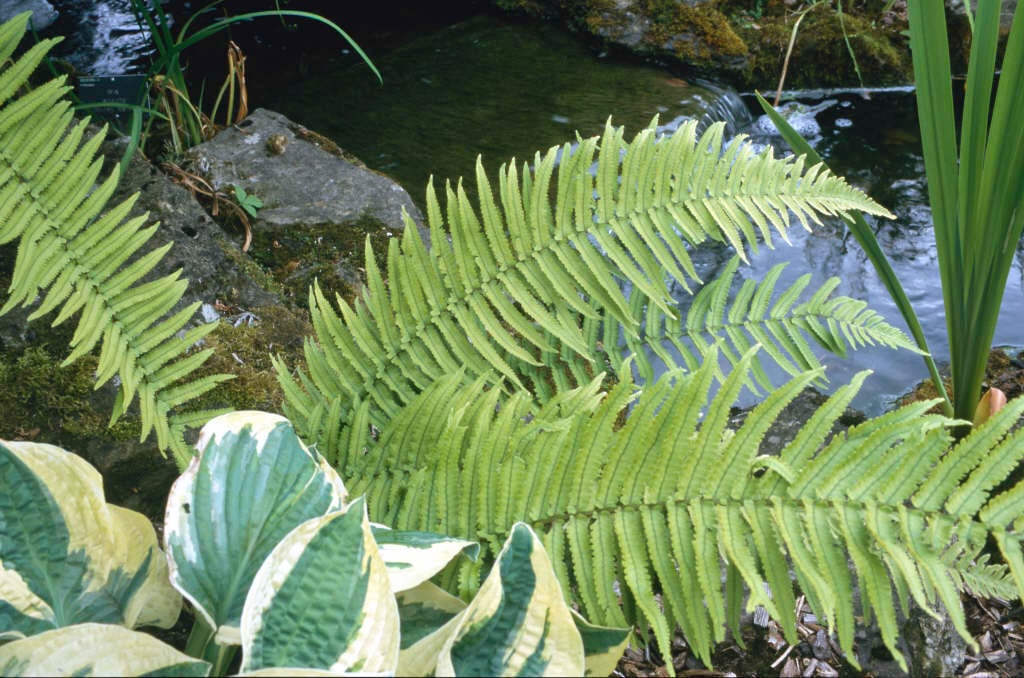Dryopteris cycadina
shaggy shield fern
A semi-evergreen, rosette-forming fern of neat appearance, the spreading fronds, borne on scaly stalks, simply pinnate with pinnae evenly toothed or lobed
Other common names
black wood fernSynonyms
Dryopteris cycadina atrataDryopteris hirtipes misapplied
see moreDryopteris atrata misapplied
Size
Ultimate height
0.5–1 metresTime to ultimate height
5–10 yearsUltimate spread
0.1–0.5 metresGrowing conditions
Moisture
Moist but well–drained, Poorly–drainedpH
Acid, Alkaline, NeutralColour & scent
| Stem | Flower | Foliage | Fruit | |
| Spring | Green | |||
|---|---|---|---|---|
| Summer | Green | |||
| Autumn | Green | |||
| Winter | Green |
Position
- Full shade
- Partial shade
Aspect
North–facing or East–facing or South–facing or West–facing
Exposure
Sheltered Hardiness
H4Botanical details
- Family
- Dryopteridaceae
- Native to GB / Ireland
- No
- Foliage
- Semi evergreen
- Habit
- Bushy
- Genus
Dryopteris can be deciduous, semi-evergreen or evergreen ferns, with stout, erect or decumbent rhizomes and shuttlecock-like rosettes of lance-shaped to ovate, pinnately divided fronds
- Name status
Correct
- Plant range
- China, Japan
How to grow
Cultivation
Easy to grow in most cool, moist, lightly shaded sites and will grow in full sun if given plenty of moisture. Tolerant of dry shade but water regularly in their first season and mulch well. See how to grow ferns for further advice
Propagation
Propagate by sowing spores as soon as ripe or by division in spring
Suggested planting locations and garden types
- City and courtyard gardens
- Cottage and informal garden
- Flower borders and beds
- Underplanting of roses and shrubs
Pruning
Dead or damaged fronds may be removed as necessary
Pests
Generally pest-free outdoors but moth larvae may feed on spores
Diseases
Generally disease-free outdoors
Love gardening
Sign up to receive regular gardening tips, inspiration, offers and more
View our Privacy Policy
Get involved
The Royal Horticultural Society is the UK’s leading gardening charity. We aim to enrich everyone’s life through plants, and make the UK a greener and more beautiful place.

